In ancient times, humans used astrology and Sinan to locate and map nautical maps to discover the New World. Nowadays, what kind of wave will enterprises use to combine advanced positioning technology with the Internet of Things?
Through computers, mobile phones and other terminals, the Internet solves the information communication between people. The Internet of Things transforms the physical world into a digital world through sensing devices, thereby realizing the connection of things and things, people and things, from physics. From the world to the digital world, the Internet of Things will bring about disruptive changes. Digital transformation of manufacturing, upgrading of consumer experience, smart life, etc., are entering the real world!
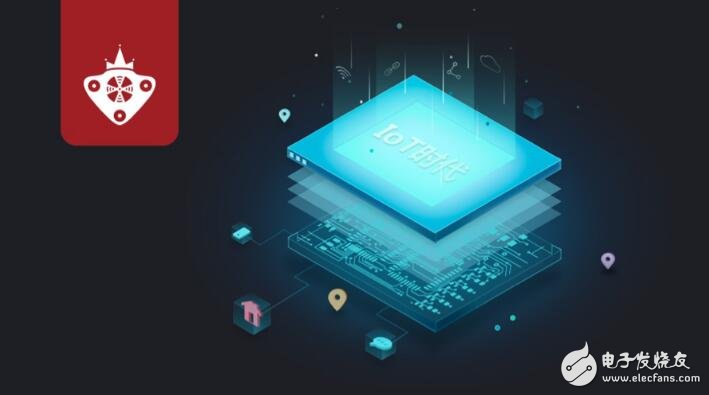
In the intelligent industry, smart agriculture, smart city, smart transportation, smart medical care, smart security, smart retail, smart home and other Internet of Things solutions, we are inseparable from an important service, that is, location services. As the most basic infrastructure service of the Internet of Things, location service is often easily overlooked by enterprises and users.
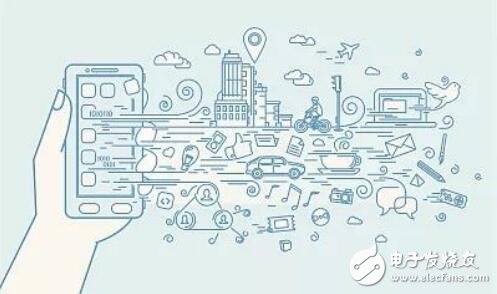
This habitual "ignorance" has actually begun to take shape in the Internet age. For example, there is a “place of frequent use†in the Apple mobile phone that uses location services. In the early days, consumers ignored this feature, which led to the disclosure of privacy. For example, the location information is hidden behind the photos taken by the mobile phone, and few people pay attention. In fact, the daily use of take-away software, chat software, weather software, and even game software, there is a "shadow" of location services. It can be said that without a location service, there is no convenient life now. In the era of the Internet of Things, location services are particularly important in the face of a variety of "objects" without identity.
The development of the Internet of Things is inseparable from location services
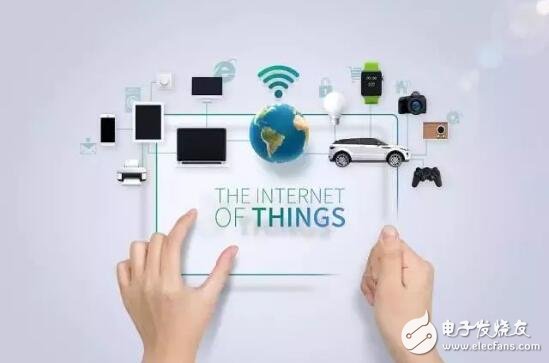
The IoT architecture is usually divided into three layers: the perception layer, the network layer, and the application layer. The sensing layer is the skin and facial features of the Internet of Things. It is used to identify positioning objects and collect information, including QR codes, RFID tags and their readers, sensors, positioning devices, etc.; the network layer is the nerve center and brain of the Internet of Things. Information transmission and processing, including converged networks, data processors, etc.; application layer is the "social division of labor" of the Internet of Things and the combination of industry needs, to achieve a wide range of intelligence, is the deep integration of the Internet of Things and industry expertise.
From the perspective of the overall architecture of the Internet of Things, location awareness is an indispensable part of the perception layer, providing basic location information for the entire IoT system; from an application perspective, location services will penetrate into many IoT applications. In the middle, provide differentiated services.
(1) Location service is the infrastructure service of the Internet of Things
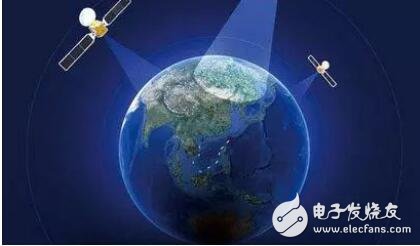
The intelligent terminal positioning device collects the information, transmits the cloud, receives the information in the cloud, and sends feedback information to the terminal device, and the device completes the corresponding instruction. In this series of information transmission process, location information is provided as important data to the cloud control center. On the one hand, the device location is recorded as the basic attribute of the object as the reference information; on the other hand, the cloud platform utilizes multiple devices. The location information of the device, draw a visual interface, help the IoT system to comprehensively analyze and make intelligent decisions.
In fact, location services are used all the time, and most IoT devices require a pointing device. And this service is being staged around us!
(2) Location services have covered many IoT application scenarios
From the early "Netease Weiyang pig" to the recent "Jingdong running chicken", these star products can come out, in fact, there is a credit for location services behind. Counting down, the typical application of IoT based on location services is quite a lot, for example:
Shared bicycle
In the city, the shared bicycles are parked anytime and anywhere. How to determine which bicycles stop at what time, and the bicycle terminal needs to send the positioning information to the management background. Only through the location service can the user be able to find the vehicle, and the operator analyzes and formulates the delivery strategy according to the location information, the riding trajectory, etc., and performs unified scheduling.
Large-scale farming
In the animal husbandry, modern farming methods use the stocking mode. Several people and even one person need to manage tens of thousands of pigs, cattle and chickens. Position monitoring is needed. On the one hand, it can be determined to facilitate management and prevent asset loss; Realize food traceability and let consumers buy safe and secure products.
Autopilot
In the Internet of Vehicles, the importance of location information is understandable. In the future, road coordination and intelligent driving require high-precision positioning services. In this way, vehicles such as accurate parking, active obstacle avoidance, and giving way to pedestrians can be realized.
Location Services and the Internet of Things Collaborate to Empower Urban Life

With the continuous development of the Internet of Things, the number of intelligent terminal devices continues to increase, the communication network is continuously enriched, and the application of the industry continues to deepen. The location service also ushers in tremendous development opportunities and together with the Internet of Things to empower urban life.
Low-power wide-area networks (LoRa, NB-IoT, etc.) have emerged, and wearable devices and urban infrastructure access networks have become possible, and location services will follow the access of devices to cover the entire network. In the future, the commercialization of 5G networks will also provide high-precision positioning information for the self-driving, "physical" unmanned, low-latency, high-speed transmission.
More and more devices are connected to the Internet of Things and the removal of technical barriers, which brings more possibilities for location services. In the municipal management, the communication module and sensor with positioning function are installed in the garbage can. Through the “garbage monitoring†software provided by the operation service provider, the sanitation worker can check the status of the garbage bin in time and perform spot cleaning according to the position information.
Location services combined with different scenarios, such as smart street lights, follow luggage, smart retail, smart security, etc., will combine more unexpected and convenient lifestyles, provide efficient management for the city, and provide security for people's lives.
The location service industry is gestating the next operator giant
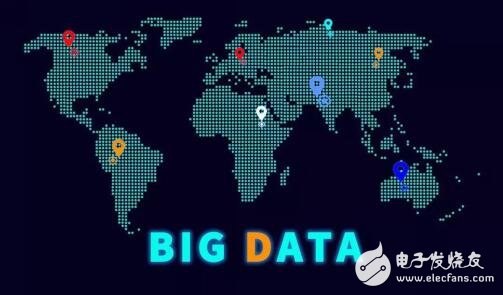
With the growing Internet of Things, more and more application scenarios can be covered by location services. The seemingly simple location service is actually behind a huge industrial chain. From chip, positioning technology to solutions, to the introduction of customized services, the imagination of location services is huge.
Compared with wireless communication, they use electromagnetic waves to propagate in space and perform corresponding signal processing. But each has its own focus on their traditional applications. In radio positioning navigation, although we use similar digital communication, modulation and demodulation methods, but the focus is different, for example, in the high-precision positioning system, how to separate the multi-path signal, improve the code-distance accuracy instead of improving the signal Carrier-to-noise ratio or probability of detection.
Similar to communication networks, location services need to provide different precision positioning in the face of different scenarios, just as communication network operators provide network services at different rates. For example, in logistics, take-away, and merchant positioning, only the sub-meter positioning needs to be done; in the unmanned driving, it is necessary to achieve centimeter-level positioning; and in the old building monitoring, ramp monitoring and early warning, it is necessary to use millimeter-level positioning. Faced with diversified needs, Chihiro's position is based on the basic positioning data of Beidou satellite system (compatible with GPS, GLONASS, Galileo), using more than 1,800 ground-based augmentation stations and independent research and development positioning algorithms throughout the country to perform big data operations through Internet technology. Create positioning services such as Chihiro Steps, Chihiro Chichi, Chihiro See Micro, and provide positioning capabilities up to dynamic centimeter level and static millimeter level, providing accurate positioning and extension services for users all over the country.
In the Internet of Things era, location services cover all aspects, and use many of the same technologies and similar industry chains for wireless communications. Then, in the field of location services, it is likely that the next operator giant for location data is being bred.
to sum up
The Internet of Things, the largest “net†in history, has quietly changed our way of life, and the hidden power behind it – location services, plays an important role as a basic data capability provider, coming to the front, for more The industry provides more accurate service!
Electric Powerful Winch,Electric Gangway Winch,High Speed Electric Winch,Marine Electric Gangway Winch
RUDONG HONGXIN MACHINERY CO.,LTD , https://www.rdhxmfr.com